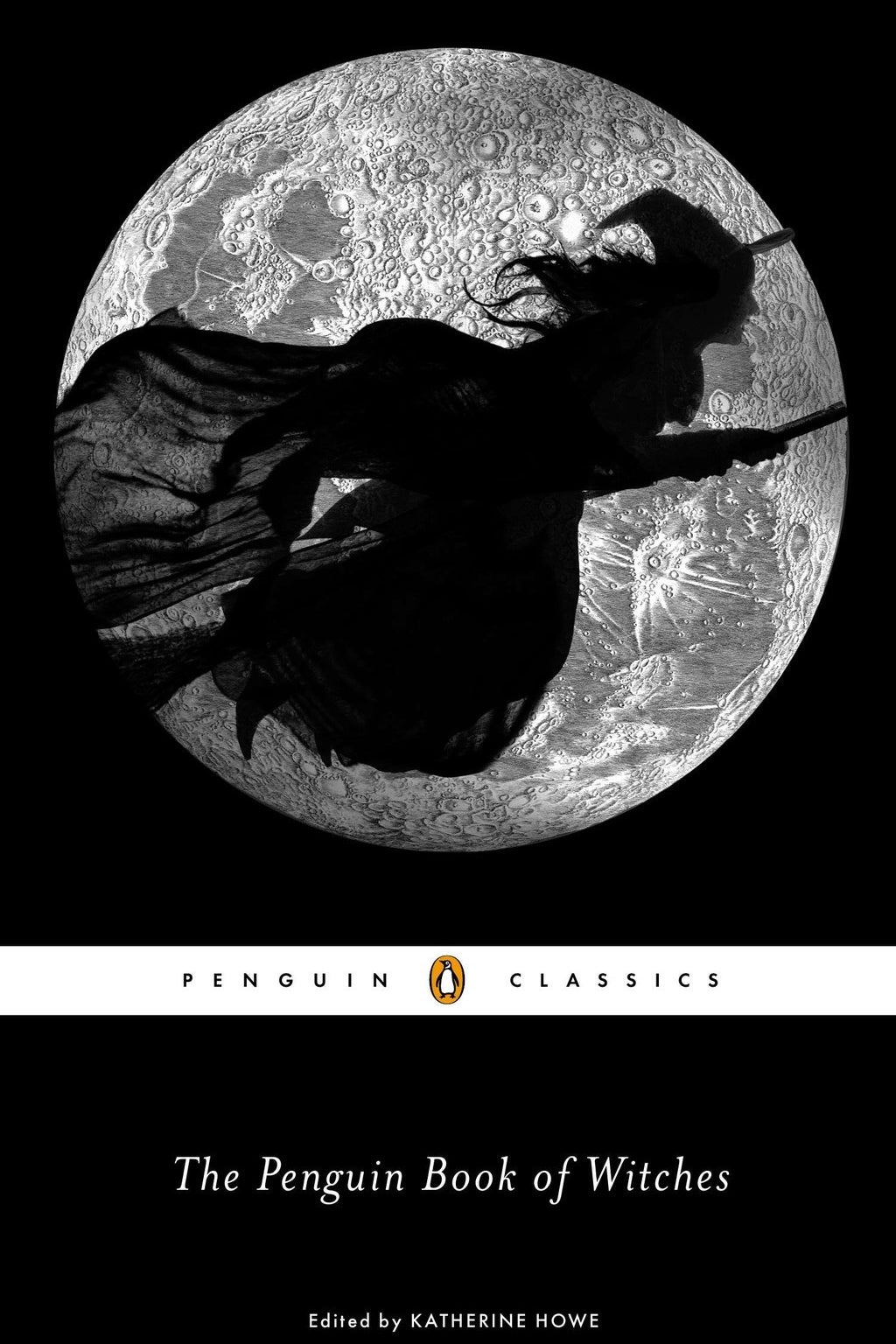When most people think of witches, they think of drugstore Halloween decorations or movie and TV witches. But historically, witches were real people accused of a serious crime, and most were poor and already-marginalized women. BuzzFeed Life talked to Katherine Howe, author of The Penguin Book of Witches, to learn more about the real women (and occasional men!) behind witch folklore and mythology. Here are eight you should get to know.

1. Ursula Kemp (England, 1582) - The first to experience many of the now-common themes in witch trials
According to Howe, "Ursula drew unwelcome attention after a woman named Grace Thurlowe declined Ursula's offer to nurse and care for Grace's newborn daughter. The baby fell out of the cradle and died from her injuries, leading Ursula to say that Grace should have take her up on her offer. As Ursula's trial unfolds, it establishes many themes that would recur in North American witch trials a hundred years later, including a strange concern for children, and an accused witch having her body searched for a telltale teat." Ursula Kemp confessed to witchcraft and was hanged in 1582.
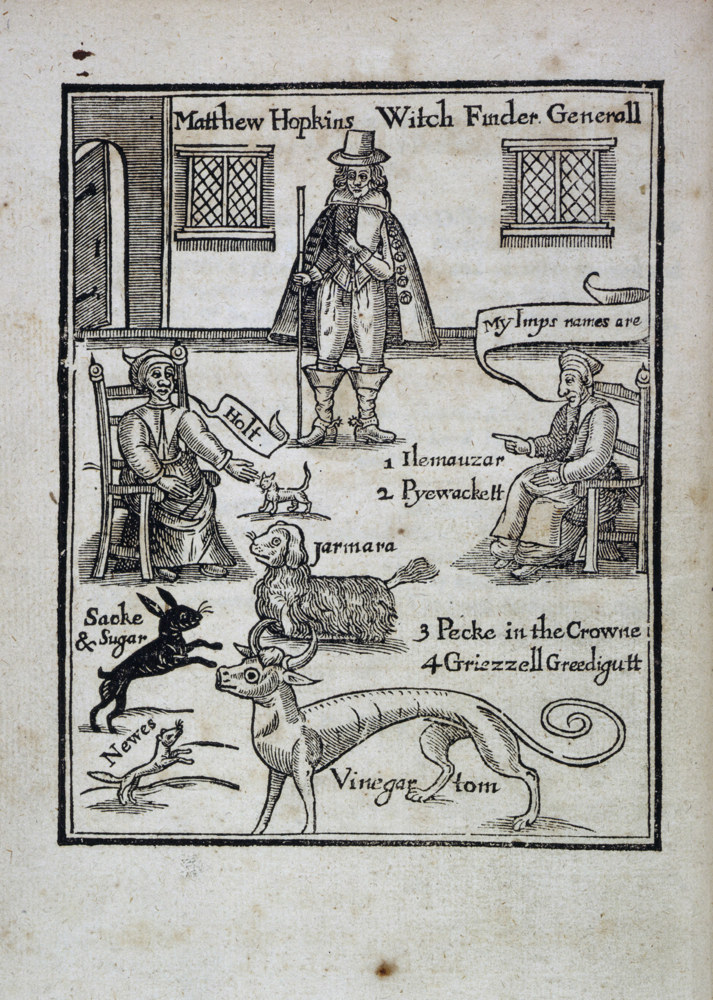
2. Joan Wright (Virginia, 1626) - The first witch confirmed in North America
"Trouble brews when she offers to attend a woman in labor, but the woman chooses another for her midwife, because Joan was left-handed," Howe told BuzzFeed. "The laboring woman falls sick, and her baby dies a short while later. Joan was also accused of predicting a man's death by looking at him. (To be fair, that was pretty easy to do in colonial Virginia, because death came pretty quickly to a lot of people.)" While many people testified against Wright and she confessed to knowledge of witchcraft, she was acquitted.
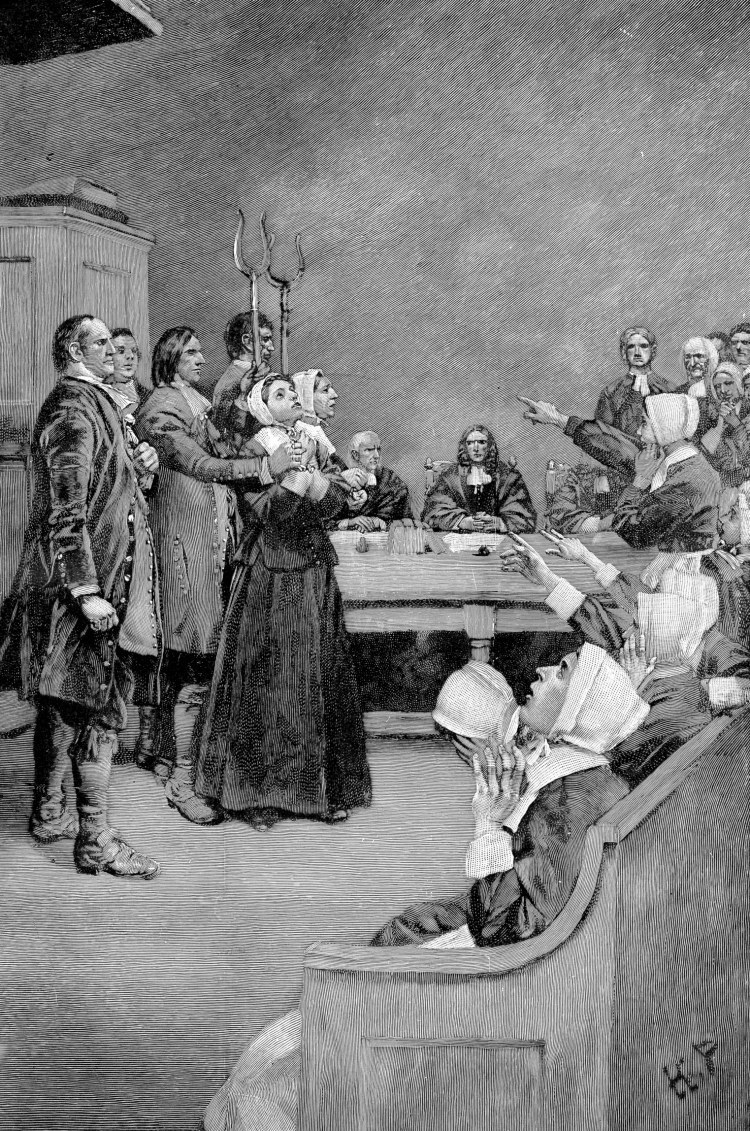
3. Margaret Jones (Massachusetts, 1648) - The woman with the "malignant touch"
"Margaret appears in the diary of Massachusetts Governor John Winthrop," Howe said. "She was a cunning woman, someone who sold herbs and folk medicine...but she was said to have a 'malignant touch.' At her trial, she yelled at the judge and jury, who condemned her to hang."
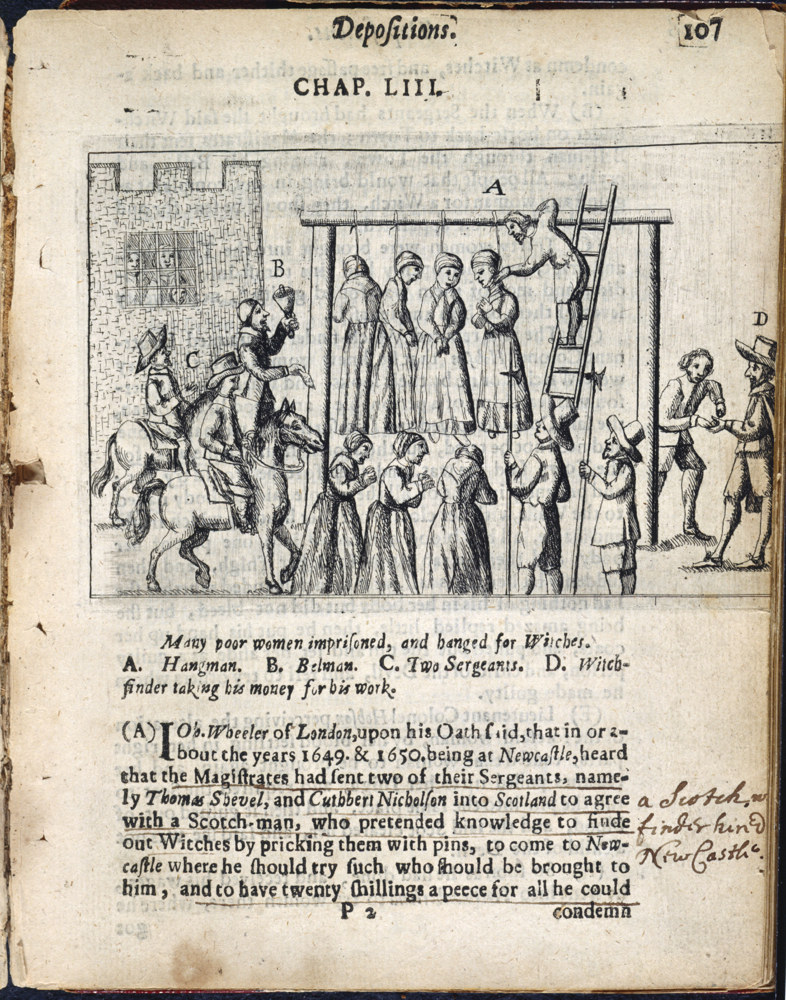
4. Eunice Cole (Massachusetts, 1672) - The repeat offender
Eunice Cole was a poor woman who spent much of her life in and out of prison. "She was tried in 1672 for trying to entice a young orphan named Ann Smith into coming to live with her, first by luring her with plums...when Ann refused to go, Eunice grew so enraged that she hit Ann over the head with a rock," Howe said. She was acquitted, but remained destitute after the trial.
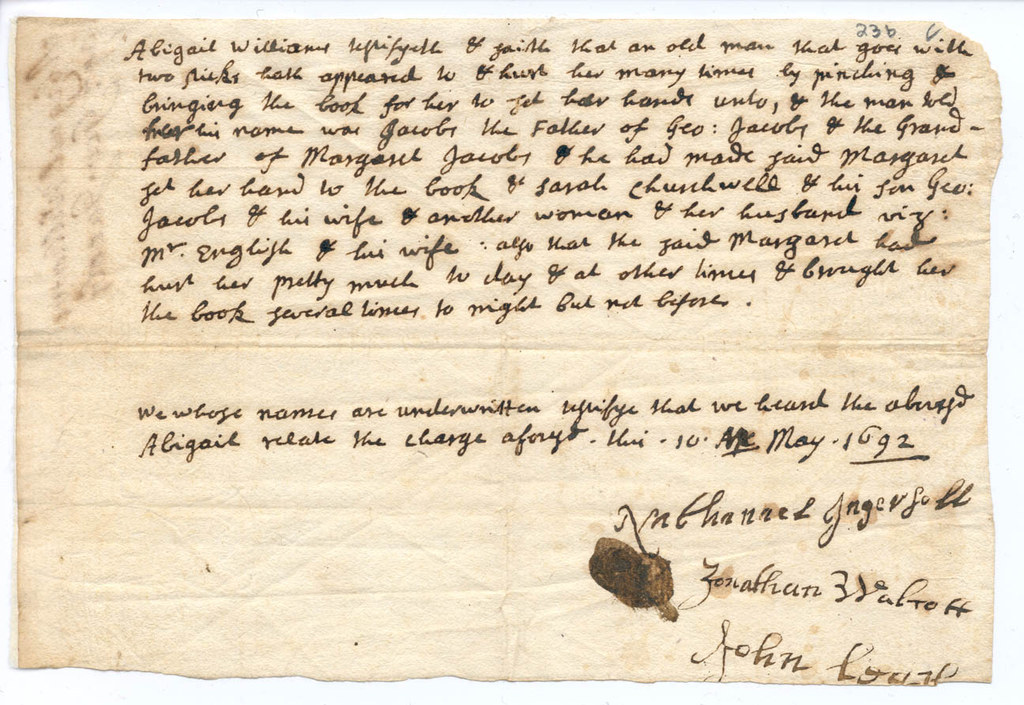
5. John Godfrey (Massachusetts, 1660s) - The rare male witch
According to Howe, Godfrey was one of just a few male witches. "Godfrey was an itinerant herdsman who seemed to enjoy having a bad reputation," she said. "He spoke often about the power of witches, and he never married. He was tried for witchcraft on three separate occasions, each time escaping on a technicality, despite the court's admitted belief in his probable guilt."
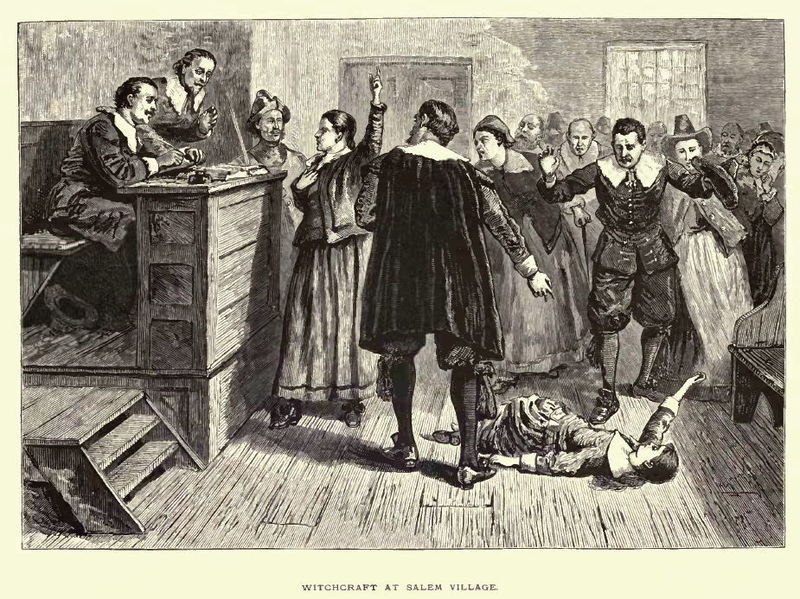
6. Elizabeth Knapp (Massachusetts, 1671-72) - A young woman possessed
Knapp was a servant to Reverend Samuel Willard, who wrote at length about her condition in his diary. "Not a witch exactly, but almost," Howe told us. "Elizabeth Knapp was thought to be possessed by the Devil. She spoke in tongues and suffered extreme physical symptoms that will be familiar to anyone who has seen 'The Exorcist.'" It is not known what happened to her after Willard's journal entries stopped.
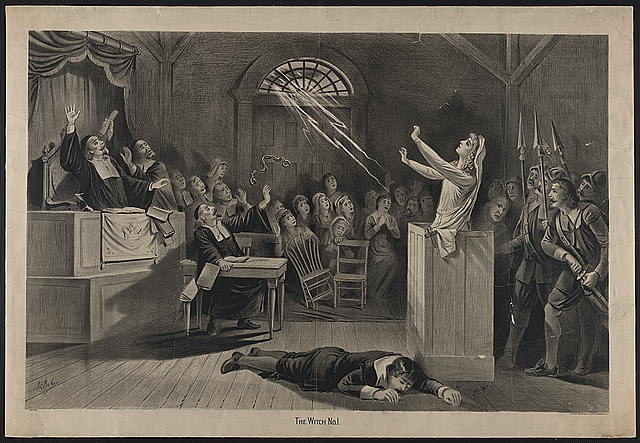
7. Tituba (Massachusetts, 1692) - The first woman accused in the Salem Witch Trials
"A slave of Carib Indian heritage, Tituba (also spelled 'Tittibe') worked on a plantation in Barbados before being taken by her owner Samuel Parris up to Massachusetts, where he would eventually become the minister in Salem Village," Howe said. "Tituba was the first person to be accused by Parris's daughter Betty and servant Abigail. She was examined twice, first denying that she is a witch; the next day, she confessed. She described riding through the woods on a broomstick, and attending witches' Sabbaths in the rye field. Some historians have found evidence that Tituba's confession was coerced by beating."
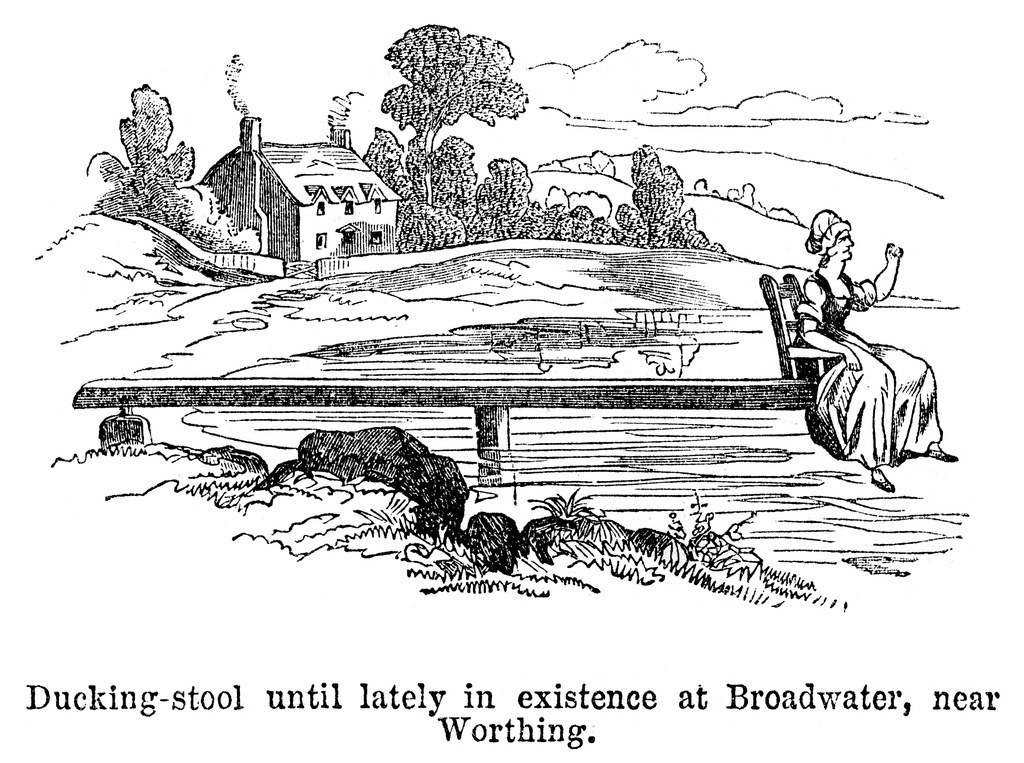
8. Grace Sherwood (Virginia, 1705-06) - Trial by ducking
Howe told BuzzFeed that Sherwood had a reputation as a witch for a long time, but lived in a community ill-equipped to handle it. "As part of her examination, she was subjected to a ducking stool, which wasn't widely used in the colonies at the time. The first day scheduled for her ducking proved too cold and rainy, so it was rescheduled. Eventually she was found guilty, but she was not put to death. Today, you can still find a 'Witch Duck' in Princess Anne County, VA, which is where her ducking supposedly occurred."
Howe noted that those named as witches in the early modern period were accused "not because of anything that they had done, but because they were the wrong kind of people. Even someone like John Godfrey, who seemed to enjoy provoking his neighbors, was not a self-identified witch. Witches were a negative category, a way to push marginalized people even further away."

